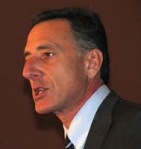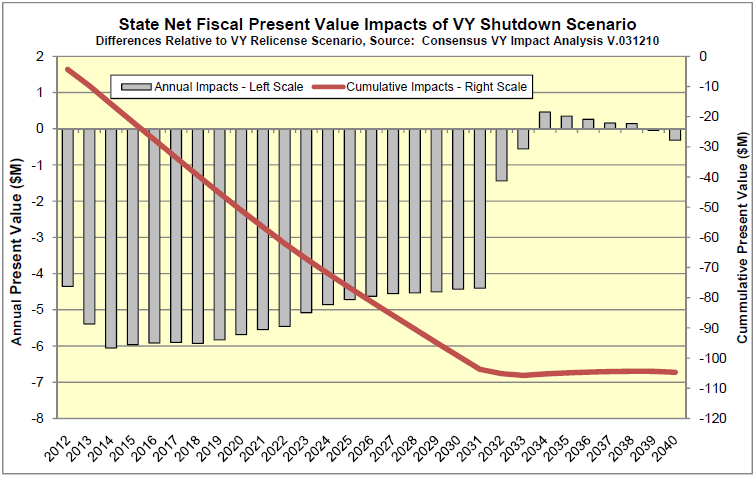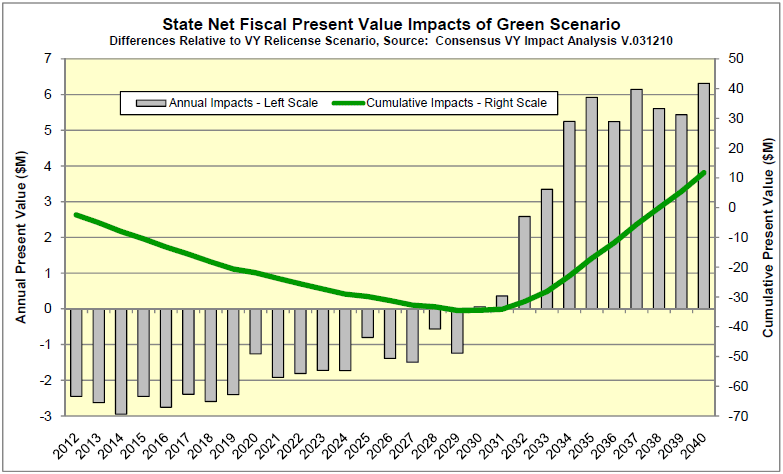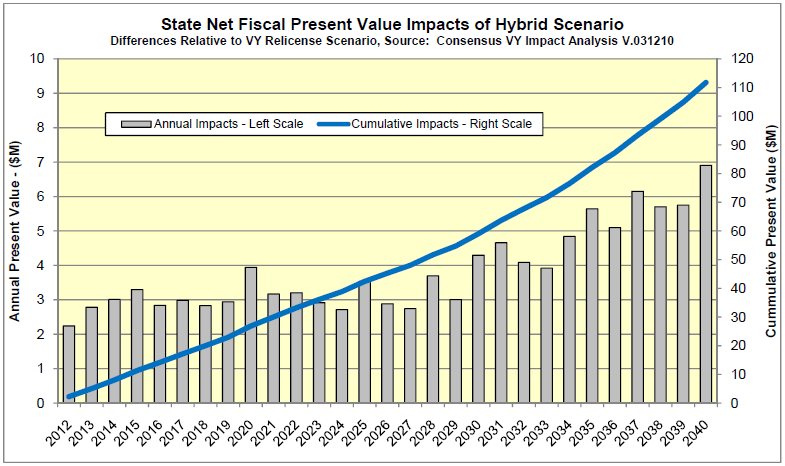What Vermont's new administration faces
Vermont's new governor, Peter Shumlin, was inaugurated on January 6, 2011. He ran as the Vermont Yankee nuclear power plant's number one enemy, as he stated.
 In his inaugural speech, Shumlin spoke of economic insecurity as the major problem facing the citizens of the state, which has a projected budget shortfall of $150 million. His administration's areas of focus are:
In his inaugural speech, Shumlin spoke of economic insecurity as the major problem facing the citizens of the state, which has a projected budget shortfall of $150 million. His administration's areas of focus are:
- Broadband communication state wide
- Single payer health care
- Providing education for jobs
- Aiding emerging businesses such as alternative energies
- Cultivating an agricultural renaissance

Shumlin
Shumlin spoke of climate change as a reality, and the green jobs that result from confronting it, but he did not mention energy or the Vermont Yankee plant.
Everything he said about the economy, taxes, and jobs justifies keeping Vermont Yankee in operation and pursuing alternative electric power supplies, along with vigorous conservation and efficiency measures.
Vermont Yankee's economic effect
Last March, the report, "Consensus Economic and Fiscal Impact Analyses Associated with the Future of the Vermont Yankee Power Plant," was completed by the Vermont legislature's consultants.
The report was posted on the legislature's Web site, but was not reviewed at any hearing. There was minimal media coverage. Small wonder. The answer it produced is not what many people wanted, including the president pro tem of Vermont's senate, who is now the governor.
Four scenarios were analyzed in the report. The scenarios and the results are:
- Vermont Yankee operates to 2032. This is the baseline scenario. (The report does not say what happens with renewable energy and efficiency. It is logical that the analysis assumed-because of the last scenario-that their development continues, as in the next scenario.)
- Vermont Yankee shuts down in 2012 at the end of its current operating license. Renewable energy and efficiency continue at a pace per the present law. Eleven hundred fewer jobs per year, real disposable income down $60 million per year, state government net present value cumulative loss by 2040 of -$108 million (from the graph on page 11 of the report).

Click to Enlarge
- Vermont Yankee shuts down in 2012. Renewable energy and efficiency are very aggressively supported by the state, and implemented. By 2040, 2600 more jobs are created per year. Many years of state losses exceeding $2 million per year. State net present value cumulative gain by 2040 of $11 million.

Click to Enlarge
- Vermont Yankee operates to 2032. Renewable energy and efficiency are aggressively supported by the state, and implemented. By 2040, more than 2600 jobs per year are created, nearly $400 million gross state product per year (2012 dollars) than the Vermont Yankee relicense case. State gains exceed $2 million every year. State net present value cumulative gain by 2040 of $112 million.

Click to Enlarge
These analyses clearly show that the best economic decision for the state is to keep Vermont Yankee running until 2032 and aggressively pursue renewable energy supplies and efficiency.
How this will enter into the political decisions of this two-year legislative session remains to be seen.
Stay tuned!

Shaffer
Howard Shaffer has been an ANS member for 34 years. He has contributed to ASME and ANS Standards committees, ANS commitees, national meeting staffs, and his local section, and was the 2001 ANS Congressional Fellow. He is a current member of the ANS Public Information Committee and consults in Nuclear Public Outreach. He is coordinator for the Vermot Pilot Project. Shaffer holds a BSEE from Duke University and an MSNE from MIT.
He is a regular contributor to the ANS Nuclear Cafe.

